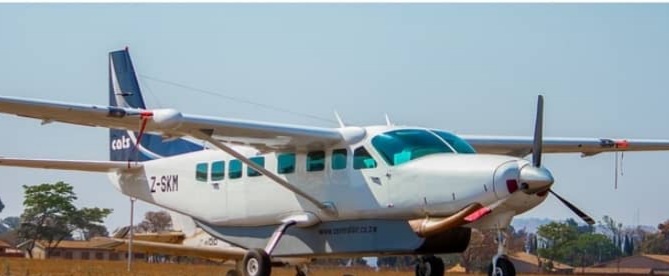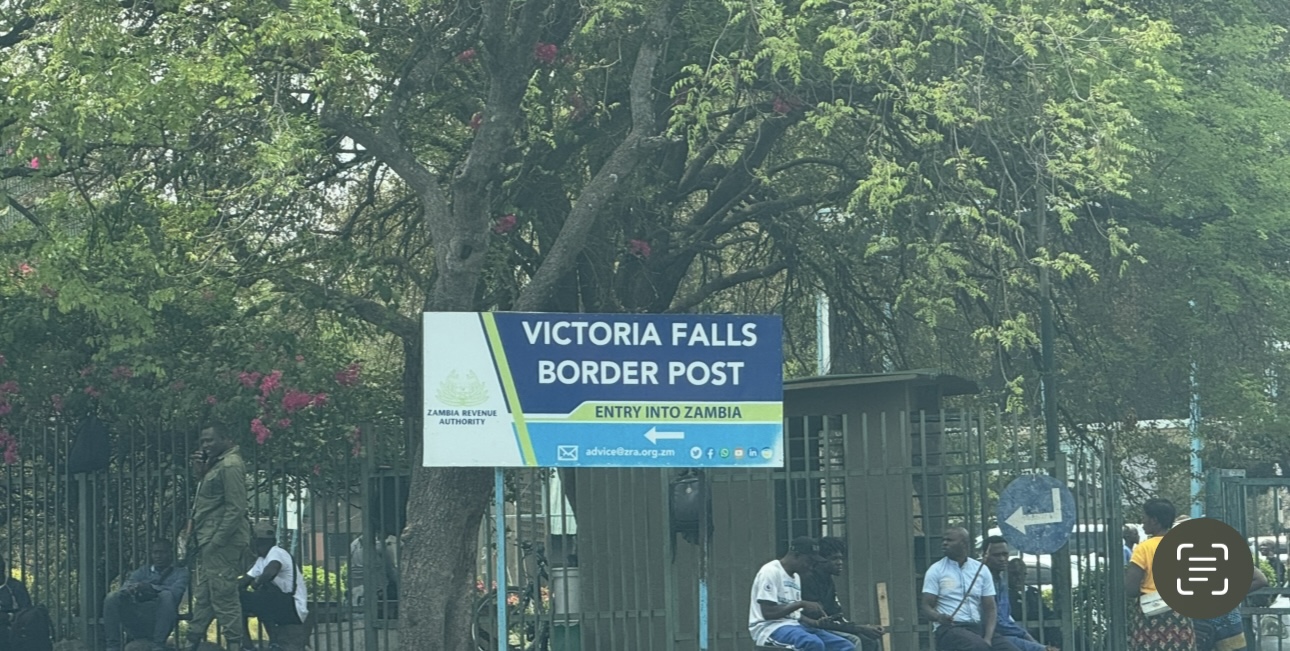Botswana’s Mack Air and Zimbabwean charter carrier Central Air Transport (CATS) have announced a new codeshare partnership for the launch of a new daily safari service between Victoria Falls and Hwange National Park, both in Zimbabwe, in April 2022.
“As tourism growth continues to improve across Southern Africa in a post Covid environment, it is important for aviation charter and commuter companies to play an integral and catalytic role in assisting with the recovery of the regional tourism sector.
“The union between CATS and Mack Air is one of the ways we intend to try and be a part of the solution and further assist in uniting African countries by further bolstering tourism and conservation efforts across Southern Africa,” Mack Air said in a statement.
“CATS and Mack Air share a common vision and we aim to assist in bringing confidence back to regional safari travel and likewise open new destinations and continue to play a critical role within the southern region of Zimbabwe and Botswana and more specifically the Hwange area,” addedMack Air MD, Michael Weyl.
He said safari tourists would be able to connect on Mack Air’s international scheduled flight between Kasane in Botswana and Victoria Falls to the new daily flights to airstrips within the Hwange National Park.
The new Hwange service will also offer connections to Eurowings’ new connection from Franfurt in (Germany) via Windhoek in Namibia to Victoria Falls starting on March 30, 2022.
“We’re thrilled to be able to get in on the action by offering our new services to the Hwange area – meaning international visitors arriving on the Eurowings flight can smoothly link between Victoria Falls, Hwange, and Kasane,” the carrier said.
The Belgium-sized Hwange National Park in Zimbabwe’s northwest is one of Africa’s top safari destinations.
One of its biggest drawcard is its easy accessibility by air or road from Victoria Falls.
Mack Air operates a fleet comprising Cessna (turboprop Grand Caravan EX, Cessna 210 Centurion, and GAB all based in Maun; and one Cessan 500/501/525 Citation M2 based in Lanseria, South Africa, its website shows.
Meanwhile, CATS announced it would deploy a Cessna 208B Grand Caravan to Victoria Falls from December 1, 2021.
From April 1 until November 30, it will also reposition a Cessna 206 and a Beech (twin piston) Baron from Harare to Victoria Falls to cater for private charters to be operated from Victoria Falls and Harare to Kariba and Mana Pools, as well as other charters within and outside Zimbabwe, spokeswoman Smilo Mabhena confirmed to ch-aviation.
CATS is part of the KSM Holdings group of companies operating out of Harare Charles Prince and Victoria Falls International Airport with a fleet of Cessna 206 and 208, plus Beech (twin piston) Baron 58 fixed-wing aircraft and a Robinson R44 Raven II helicopter. – ch-aviation

 Slider3 years ago
Slider3 years ago
 National4 years ago
National4 years ago
 Tourism and Environment4 years ago
Tourism and Environment4 years ago
 Opinion4 years ago
Opinion4 years ago
 Special reports4 years ago
Special reports4 years ago
 National4 years ago
National4 years ago
 National3 years ago
National3 years ago
 National3 years ago
National3 years ago



